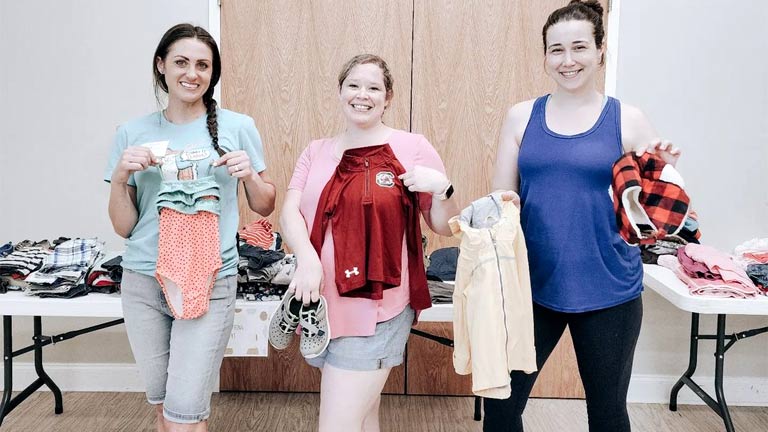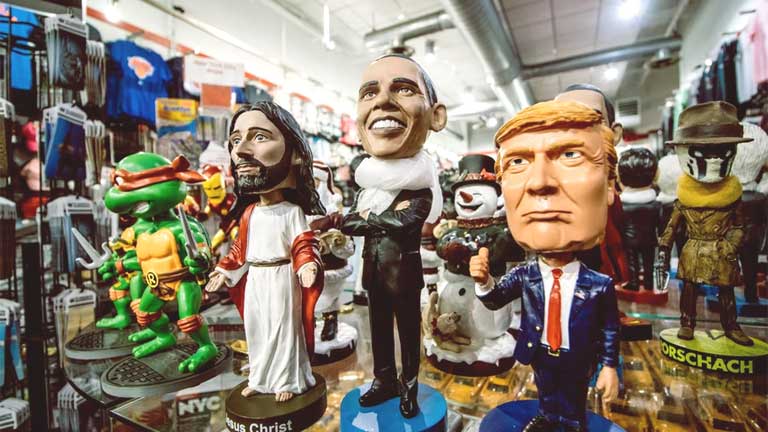
Branding of any sort is a powerful marketing tool. Branded clothing is especially powerful. There are many reasons for this. Possibly the most important one is that branded clothing combines a business element with a human element (the wearer). This can be particularly relevant for charities and other not-for-profit organisations.
The basics of branded clothing
Whatever branded items you choose, there are options to suit different budgets. For example, screen printing is usually a lot more affordable than embroidery. It can therefore be useful for items that aren’t washed often. This could be for uniforms for temporary staff/volunteers and/or for outerwear (e.g., caps and jackets).
Some charities may be put off the idea of branded clothing because they see it as an expense they cannot afford. In actual fact, personalised workwear can be as simple or elaborate as you need or want it to be. This can vary depending on the situation in which the clothing is being used.
For example, something as simple as a branded baseball cap might be all that’s required to identify volunteers at a small event. By contrast, staff in public-facing roles might need (or benefit from) a fuller work uniform.
The benefits of branded clothing for charities and not-for-profits
Here are the main benefits of branded clothing for charities and not-for-profits.
Helps with fundraising
Most charities and not-for-profits rely heavily on voluntary donations. This means that, in general, fundraising is an ongoing exercise. Even though there are many ways to fundraise, using old-school human fundraisers is still one of the best. Providing these fundraisers with branded clothing serves two key purposes.
Firstly, it helps to establish their credentials quickly. Depending on the situation, it may be advisable to provide fundraisers with verifiable IDs as well. ID cannot, however, be scanned and absorbed at a glance. Logos on branded clothing can.
Secondly, branded clothing provides a quick way to determine potential supporters from people who’re not interested. For potential supporters, it provides a natural jumping-off point for a conversation. This is the first step to getting somebody engaged with your fundraising efforts.
Can be used for promotion
Similarly, branded clothing can help with broader promotional efforts. There are two main ways in which it can be useful.
Probably the most obvious way is just to sell branded items. You would generally need to make sure that the designs on these were distinct from the designs on branded items worn by staff and/or volunteers. This is, however, usually quite simple to achieve.
A less obvious, but very effective, alternative is to provide branded clothing as memorabilia and/or rewards. For example, if you run an event for which people are charged, you can give participants a free t-shirt. Likewise, if volunteers reach certain milestones, you could recognize their achievement with a special item of branded clothing.
Increases awareness of your organisation
At a minimum, people will see your volunteers and staff wearing branded clothing as they perform tasks for your organisation. It is, however, very possible, that you’ll get additional value from the items through them being worn elsewhere. For example, many volunteers are likely to be proud to show their affiliation with your organisation.
Branded clothing can also help to increase your impact online and/or with real-world media. These days, very few stories, no matter how short (e.g. tweets) use text alone. Most need, or at least, want images. Providing those images, or making it possible for other people to take them, helps to improve your coverage.
It also helps to make your coverage more impactful. For example, imagine a photo of a group of people. Think of the difference between those people in branded clothing and those people in regular clothing. The branded clothing catches the viewer’s attention straight away. It’s far more effective than an explanatory caption.
Works with your social media strategy
This is a corollary of the above point. It is, however, arguably important enough to be worth mentioning on its own. Social media plays a huge role in the charitable/not-for-profit sector just as it does in the for-profit sector. Ideally, therefore, you should have a social media strategy. At a minimum, you should have an awareness of it.
In particular, you should inform yourself about hashtags and what they can mean to you. Hashtags are, essentially, labels. Some of them are very broad while others are very niche. Likewise, some are created organically through use while others are created deliberately. For example, many businesses will create hashtags for specific marketing campaigns.
You can create hashtags for your charity and incorporate them into your branded clothing. Encourage people to use the hashtag any time they are photographed wearing your branded clothing or doing anything that relates to your activities.
Promote a cohesive team identity
Teamwork is at least as important to charities and non-profits as it is to businesses. In fact, it can be even more important. Charities often rely on volunteer support. This tends to mean a combination of regular volunteers and people who volunteer for a short time. Using branded clothing can be a quick and hence, cost-effective, way to promote a cohesive team identity.
Can help to facilitate work
In the world of business, branded clothing is often used as a simple way to identify who works where. This is particularly helpful to new employees who are literally still learning their way around. The equivalent of this principle in the charity/not-for-profit sector is identifying volunteers, staff, and people with special responsibilities (e.g. first aiders).
This is not just useful for members of the public who use your services. It can also be a lot of help to your team itself. Staff and regular volunteers may know each other but they might not be able to identify new volunteers (or vice versa). Giving people branded clothing is a useful way to resolve this issue without making anyone uncomfortable.
May serve a health-and-safety function
This is probably less relevant to charities and not-for-profits than to businesses. It is, however, still worth mentioning. All organisations have a duty to keep staff and volunteers safe. Sometimes, providing them with suitable clothing is the best way to make this happen. If this is the case, then it often makes sense for that clothing to be branded.




